Honeywell 2005 Annual Report Download - page 114
Download and view the complete annual report
Please find page 114 of the 2005 Honeywell annual report below. You can navigate through the pages in the report by either clicking on the pages listed below, or by using the keyword search tool below to find specific information within the annual report.-
 1
1 -
 2
2 -
 3
3 -
 4
4 -
 5
5 -
 6
6 -
 7
7 -
 8
8 -
 9
9 -
 10
10 -
 11
11 -
 12
12 -
 13
13 -
 14
14 -
 15
15 -
 16
16 -
 17
17 -
 18
18 -
 19
19 -
 20
20 -
 21
21 -
 22
22 -
 23
23 -
 24
24 -
 25
25 -
 26
26 -
 27
27 -
 28
28 -
 29
29 -
 30
30 -
 31
31 -
 32
32 -
 33
33 -
 34
34 -
 35
35 -
 36
36 -
 37
37 -
 38
38 -
 39
39 -
 40
40 -
 41
41 -
 42
42 -
 43
43 -
 44
44 -
 45
45 -
 46
46 -
 47
47 -
 48
48 -
 49
49 -
 50
50 -
 51
51 -
 52
52 -
 53
53 -
 54
54 -
 55
55 -
 56
56 -
 57
57 -
 58
58 -
 59
59 -
 60
60 -
 61
61 -
 62
62 -
 63
63 -
 64
64 -
 65
65 -
 66
66 -
 67
67 -
 68
68 -
 69
69 -
 70
70 -
 71
71 -
 72
72 -
 73
73 -
 74
74 -
 75
75 -
 76
76 -
 77
77 -
 78
78 -
 79
79 -
 80
80 -
 81
81 -
 82
82 -
 83
83 -
 84
84 -
 85
85 -
 86
86 -
 87
87 -
 88
88 -
 89
89 -
 90
90 -
 91
91 -
 92
92 -
 93
93 -
 94
94 -
 95
95 -
 96
96 -
 97
97 -
 98
98 -
 99
99 -
 100
100 -
 101
101 -
 102
102 -
 103
103 -
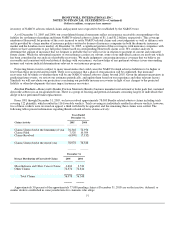 104
104 -
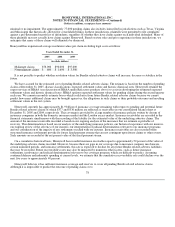 105
105 -
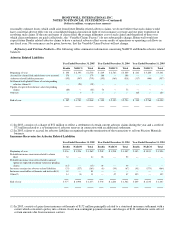 106
106 -
 107
107 -
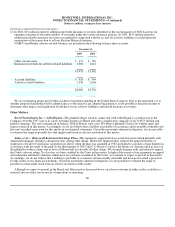 108
108 -
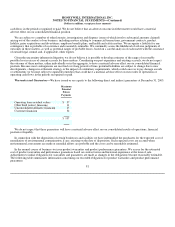 109
109 -
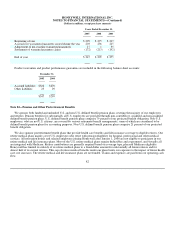 110
110 -
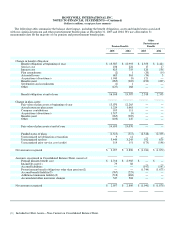 111
111 -
 112
112 -
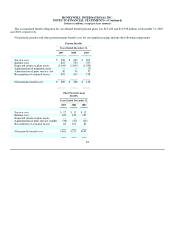 113
113 -
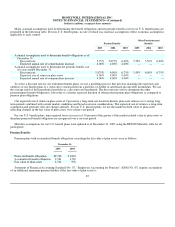 114
114 -
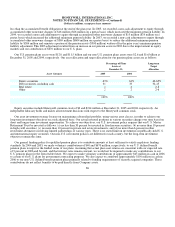 115
115 -
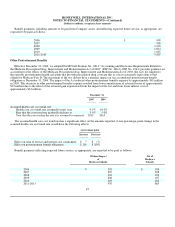 116
116 -
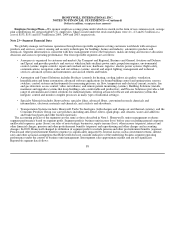 117
117 -
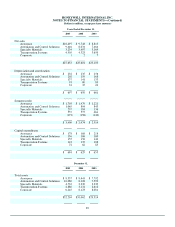 118
118 -
 119
119 -
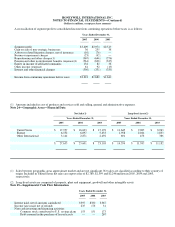 120
120 -
 121
121 -
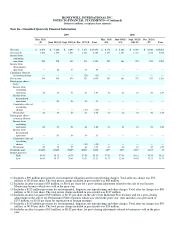 122
122 -
 123
123 -
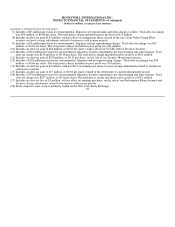 124
124 -
 125
125 -
 126
126 -
 127
127 -
 128
128 -
 129
129 -
 130
130 -
 131
131 -
 132
132 -
 133
133 -
 134
134 -
 135
135 -
 136
136 -
 137
137 -
 138
138 -
 139
139 -
 140
140 -
 141
141 -
 142
142 -
 143
143 -
 144
144 -
 145
145 -
 146
146 -
 147
147 -
 148
148 -
 149
149 -
 150
150 -
 151
151 -
 152
152 -
 153
153 -
 154
154 -
 155
155 -
 156
156 -
 157
157 -
 158
158 -
 159
159 -
 160
160 -
 161
161 -
 162
162 -
 163
163 -
 164
164 -
 165
165 -
 166
166 -
 167
167 -
 168
168 -
 169
169 -
 170
170 -
 171
171 -
 172
172 -
 173
173 -
 174
174 -
 175
175 -
 176
176 -
 177
177 -
 178
178 -
 179
179 -
 180
180 -
 181
181 -
 182
182 -
 183
183 -
 184
184 -
 185
185 -
 186
186 -
 187
187 -
 188
188 -
 189
189 -
 190
190 -
 191
191 -
 192
192 -
 193
193 -
 194
194 -
 195
195 -
 196
196 -
 197
197 -
 198
198 -
 199
199 -
 200
200 -
 201
201 -
 202
202 -
 203
203 -
 204
204 -
 205
205 -
 206
206 -
 207
207 -
 208
208 -
 209
209 -
 210
210 -
 211
211 -
 212
212 -
 213
213 -
 214
214 -
 215
215 -
 216
216 -
 217
217 -
 218
218 -
 219
219 -
 220
220 -
 221
221 -
 222
222 -
 223
223 -
 224
224 -
 225
225 -
 226
226 -
 227
227 -
 228
228 -
 229
229 -
 230
230 -
 231
231 -
 232
232 -
 233
233 -
 234
234 -
 235
235 -
 236
236 -
 237
237 -
 238
238 -
 239
239 -
 240
240 -
 241
241 -
 242
242 -
 243
243 -
 244
244 -
 245
245 -
 246
246 -
 247
247 -
 248
248 -
 249
249 -
 250
250 -
 251
251 -
 252
252 -
 253
253 -
 254
254 -
 255
255 -
 256
256 -
 257
257 -
 258
258 -
 259
259 -
 260
260 -
 261
261 -
 262
262 -
 263
263 -
 264
264 -
 265
265 -
 266
266 -
 267
267 -
 268
268 -
 269
269 -
 270
270 -
 271
271 -
 272
272 -
 273
273 -
 274
274 -
 275
275 -
 276
276 -
 277
277 -
 278
278 -
 279
279 -
 280
280 -
 281
281 -
 282
282 -
 283
283 -
 284
284 -
 285
285 -
 286
286
 |
 |

HONEYWELL INTERNATIONAL INC.
NOTES TO FINANCIAL STATEMENTS—(Continued)
(Dollars in millions, except per share amounts)
Major actuarial assumptions used in determining the benefit obligations and net periodic benefit cost for our U.S. benefit plans are
presented in the following table. For non-U.S. benefit plans, no one of which was material, assumptions reflect economic assumptions
applicable to each country.
Pension Benefits Other Postretirement
Benefits
2005 2004 2003 2005 2004 2003
Actuarial assumptions used to determine benefit obligations as of
December 31:
Discount rate 5.75% 5.875% 6.00% 5.50% 5.50% 6.00%
Expected annual rate of compensation increase 4.00% 4.00% 4.00% — — —
Actuarial assumptions used to determine net periodic benefit cost
for years ended December 31:
Discount rate 5.875% 6.00% 6.75% 5.50% 6.00% 6.75%
Expected rate of return on plan assets 9.00% 9.00% 9.00% — — —
Expected annual rate of compensation increase 4.00% 4.00% 4.00% — — —
To select a discount rate for our retirement benefit plans, we use a modeling process that involves matching the expected cash
outflows of our benefit plans to a yield curve constructed from a portfolio of double A rated fixed-income debt instruments. We use
the average yield of this hypothetical portfolio as a discount rate benchmark. The discount rate used to determine the other
postretirement benefit obligation is lower due to a shorter expected duration of other postretirement plan obligations as compared to
pension plan obligations.
Our expected rate of return on plan assets of 9 percent is a long-term rate based on historic plan asset returns over varying long-
term periods combined with current market conditions and broad asset mix considerations. The expected rate of return is a long-term
assumption and generally does not change annually. For our U.S. pension plans, we use the market-related value of plan assets
reflecting changes in the fair value of plan assets over a three-year period.
For our U.S. benefit plans, unrecognized losses in excess of 10 percent of the greater of the market-related value of plan assets or
the plans projected benefit obligation are recognized over a six-year period.
Mortality assumptions for our U.S. benefit plans were updated as of December 31, 2005 using the RP2000 Mortality table for all
participants.
Pension Benefits
Pension plans with accumulated benefit obligations exceeding the fair value of plan assets were as follows:
December 31,
2005 2004
Projected benefit obligation $2,746 $1,801
Accumulated benefit obligation 2,541 1,720
Fair value of plan assets 1,511 950
Statement of Financial Accounting Standards No. 87, “Employers Accounting for Pensions” (SFAS No. 87) requires recognition
of an additional minimum pension liability if the fair value of plan assets is
85
